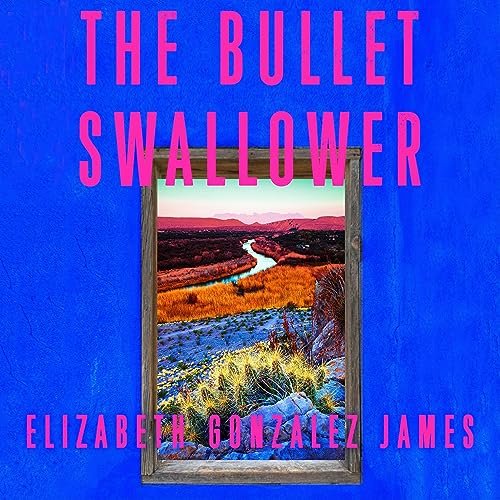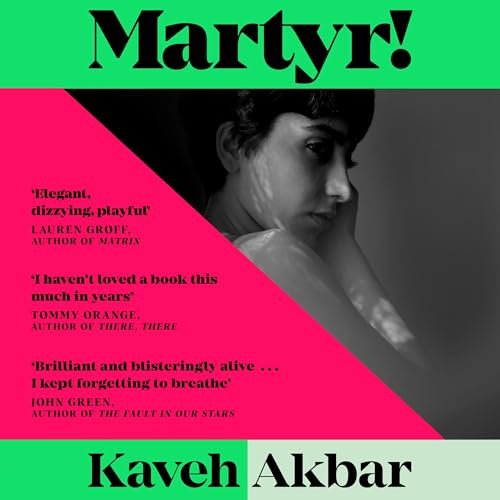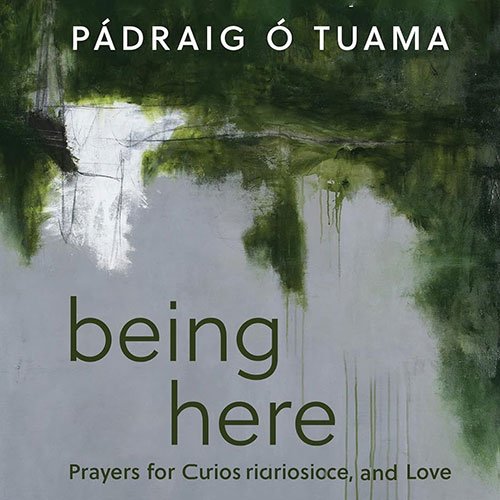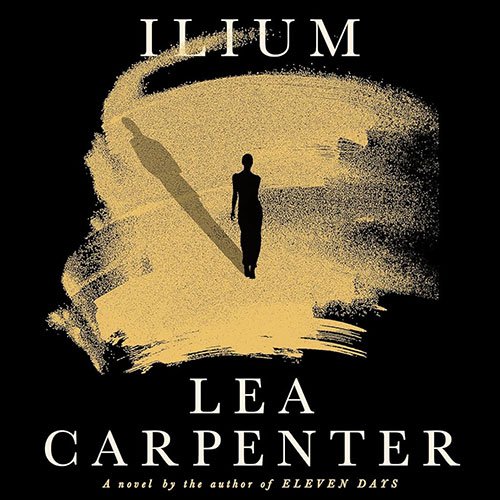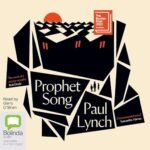Elizabeth Gonzalez James’ “The Bullet Swallower” stands as a testament to the author’s literary prowess, demonstrating a remarkable blend of historical depth, magical realism, and the Western genre.
This novel is a complex tapestry, interweaving multiple narratives and themes, spanning different eras and locations, and exploring a range of deeply human experiences and moral questions.
The narrative structure of “The Bullet Swallower” is intricately designed, with two main storylines that intertwine and echo each other. The first follows the life of Antonio Sonoro, a notorious bandit from the late 19th century in the mining town of Dorado, located south of the Texas-Mexico border. His life, marked by violence and tragedy, leaves him with a disfiguring injury that earns him the nickname “El Tragabalas” or “the bullet swallower.” This part of the story is steeped in the historical context of the era, providing a vivid backdrop against which Antonio’s actions and their consequences unfold.
In contrast, the second narrative is set in the 1960s and centers on Jaime, Antonio’s grandson. Jaime, a Mexican movie star, discovers his grandfather’s tumultuous past and embarks on a journey that forces him to confront family legacy and identity. His story provides a modern perspective on the historical events that shaped his family’s past, creating a rich dialogue between past and present.
A key element of James’ narrative style is the incorporation of magical realism, particularly through the character of Remedio. This spectral figure, who haunts the Sonoro family across generations, adds a layer of mysticism and depth to the story. Remedio’s presence weaves a thread of the supernatural through the narrative, bridging the gap between the tangible world and the mystical, and underscoring the novel’s exploration of themes like destiny, legacy, and redemption.
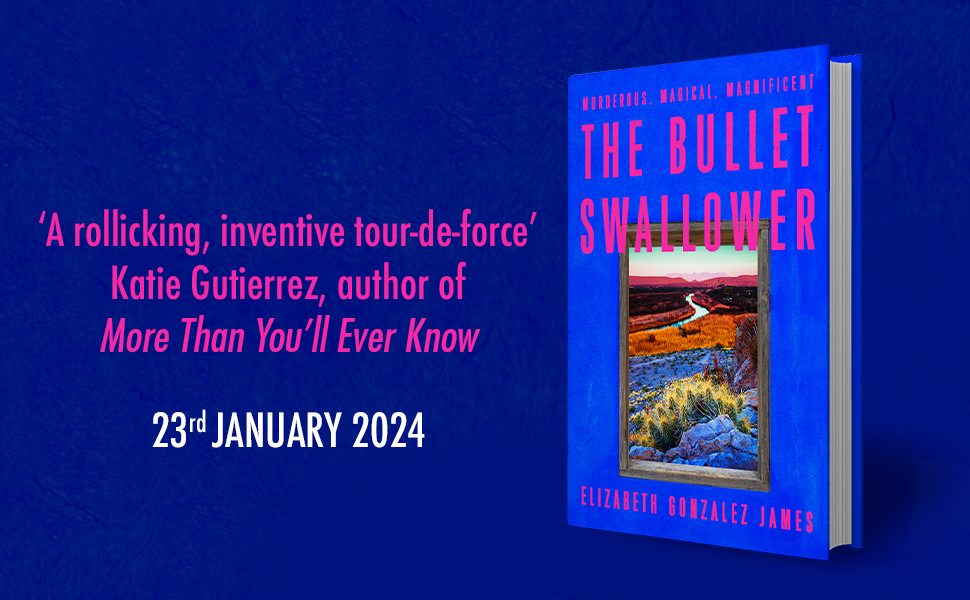
The thematic richness of “The Bullet Swallower” is one of its most striking features. The novel delves into generational trauma, the concept of justice and retribution, the impact of racism and political turmoil, and the weight of ancestral sins. These themes are not only historically relevant but also resonate with contemporary societal issues, making the novel a poignant commentary on both past and present human experiences.
In terms of literary comparisons, “The Bullet Swallower” has been likened to Gabriel García Márquez’s “One Hundred Years of Solitude” for its use of magical realism, and to Larry McMurtry’s “Lonesome Dove” for its Western elements. However, James’ novel stands out for its unique blend of these genres, along with its own distinct narrative voice and thematic focus.
Critically, the novel has received widespread acclaim for its language and storytelling. The prose is described as both concise and richly descriptive, effectively conveying the novel’s complex themes and emotions. The character development, particularly of Antonio and Jaime, has been praised for its depth and authenticity, contributing significantly to the story’s immersive quality.
Compared to James’ previous work, particularly “Mona at Sea,” “The Bullet Swallower” represents a significant evolution in the author’s literary style and thematic scope. While “Mona at Sea” deals with contemporary personal and professional crises, “The Bullet Swallower” expands into a broader historical and ethical landscape, tackling larger societal and moral questions.
In conclusion, Elizabeth Gonzalez James’ “The Bullet Swallower” is an important contribution to contemporary literature. Its blend of historical narrative, magical realism, and thematic exploration offers a unique and engaging reading experience. The novel not only tells a compelling story but also raises significant questions about human nature, societal norms, and the enduring impact of the past on the present.
Sources: Kirkus Reviews, BookBrowse, Publishers weekly

